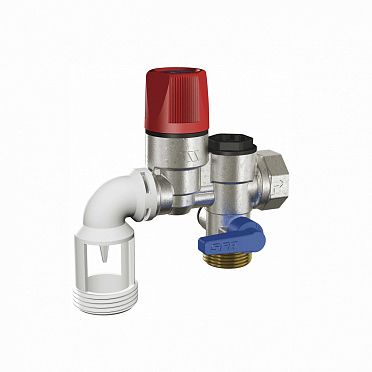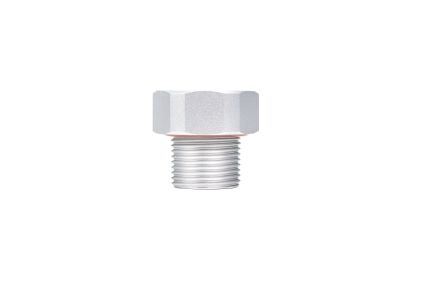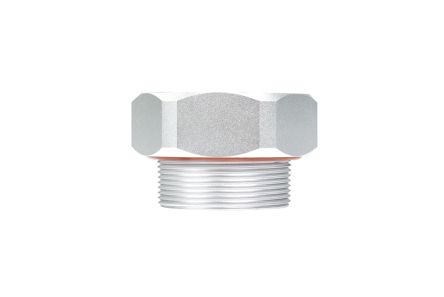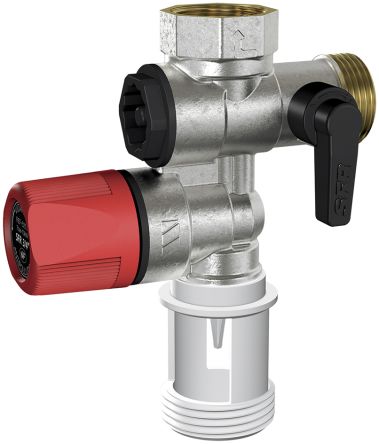- Automation & Control Gear
- Cables & Wires
- Enclosures & Server Racks
- Fuses & Circuit Breakers
- HVAC, Fans & Thermal Management
- Lighting
- Relays & Signal Conditioning
- Switches
- Batteries & Chargers
- Connectors
- Displays & Optoelectronics
- ESD Control, Cleanroom & PCB Prototyping
- Passive Components
- Power Supplies & Transformers
- Raspberry Pi, Arduino, ROCK, STEM Education & Development Tools
- Semiconductors
Pressure Relief Valves
Where pressure overload might lead to catastrophic failure in a system, pressure relief valves are essential. The pressure valves, or PRVs, work by opening when a pressure limit has been reached, and diverting either gas, liquid, or liquid-gas mixtures away from the system. How this is achieved depends on the system, but it usually relies on the medium following the path of least resistance offered by the relief valve, and then being disposed of accordingly. Diverted gas might be released into the atmosphere or burned off, and liquids may be diverted into storage or run off.
Once a satisfactory equilibrium has been achieved within the system, the pressure relief valve will then close again until needed. These safety valves are vital components in high pressure systems, as pressure build up can lead to anything from equipment inefficiency and failure to an explosion or fire risk. You can learn more in our guide to pressure relief valves.
Pressure Relief Valves and Pressure Safety Valves
Pressure relief valves operate in a similar manner to pressure safety valves, and the two terms are sometimes used interchangeably. However, the key difference is that PRVs operate gradually to regulate pressure, while PSVs operate very quickly to counteract sudden pressure spikes. To this end PRVs are more commonly used in liquid systems, and PSVs are more commonly used in gas systems.
Applications
- Water Heaters: PRVs are commonly installed on water heaters to protect against excessive pressure build-up caused by thermal expansion.
- Plumbing Fixtures: Pressure relief valves can be used in plumbing fixtures, such as faucets and showerheads, to maintain a safe and consistent water pressure.
- Backflow Prevention: PRVs are employed in backflow prevention devices to protect the potable water supply from contamination. These valves prevent the reverse flow of water, which can occur due to a drop in supply pressure or backflow from a connected system.
- Water Pressure Regulators: PRVs are integral components of water pressure regulators. These devices are installed where the incoming water supply pressure is too high and needs to be reduced to a safe and manageable level for the plumbing system.
- Hydronic Heating Systems: In hydronic heating systems, which use hot water or steam to distribute heat, PRVs are employed to protect against overpressure situations.






